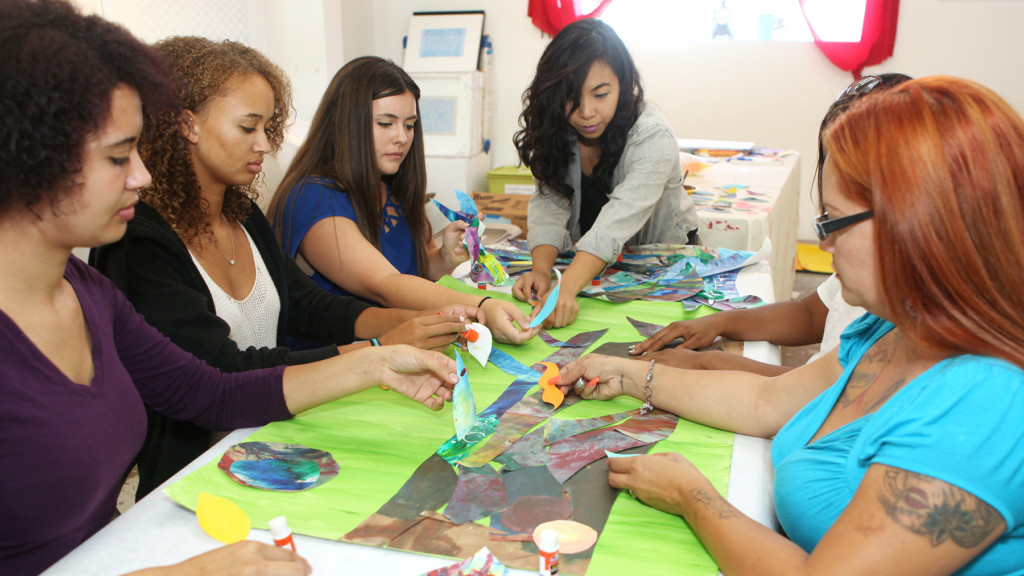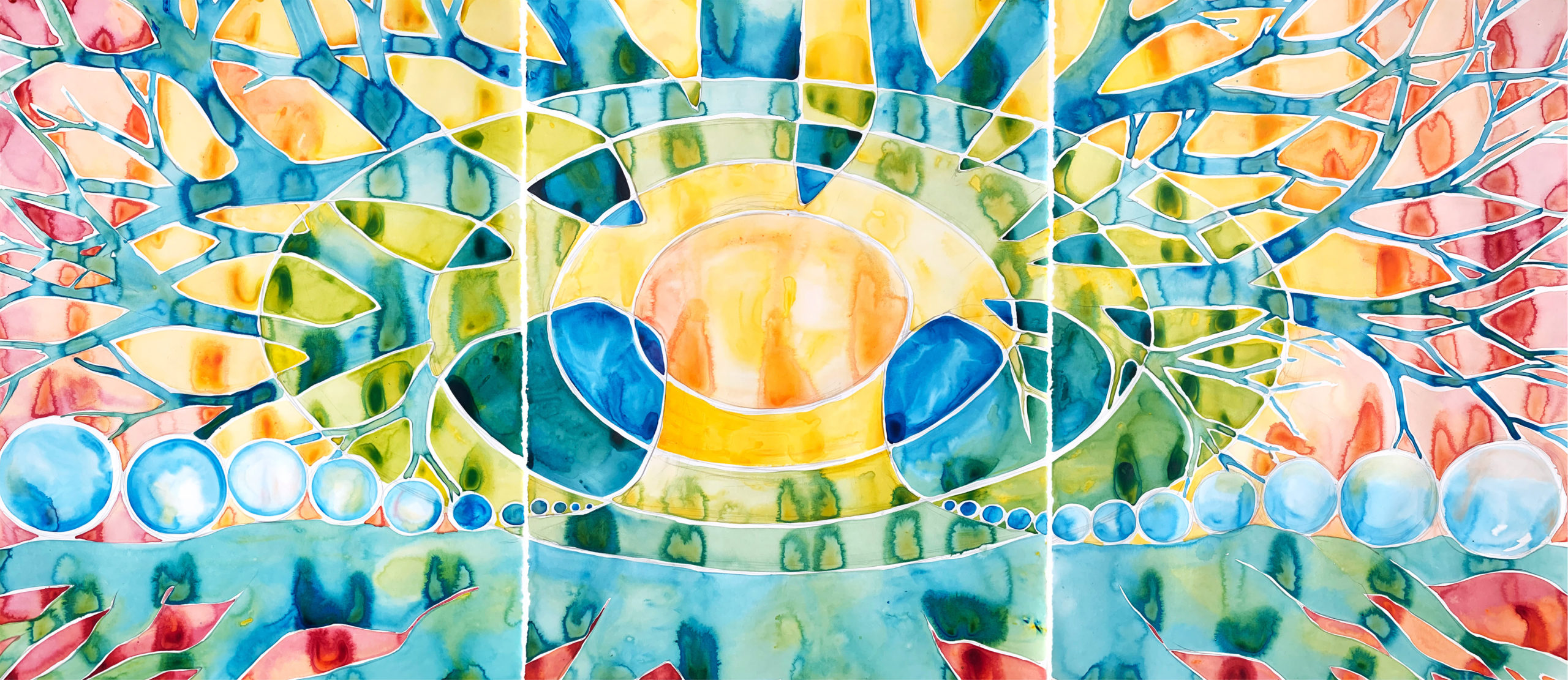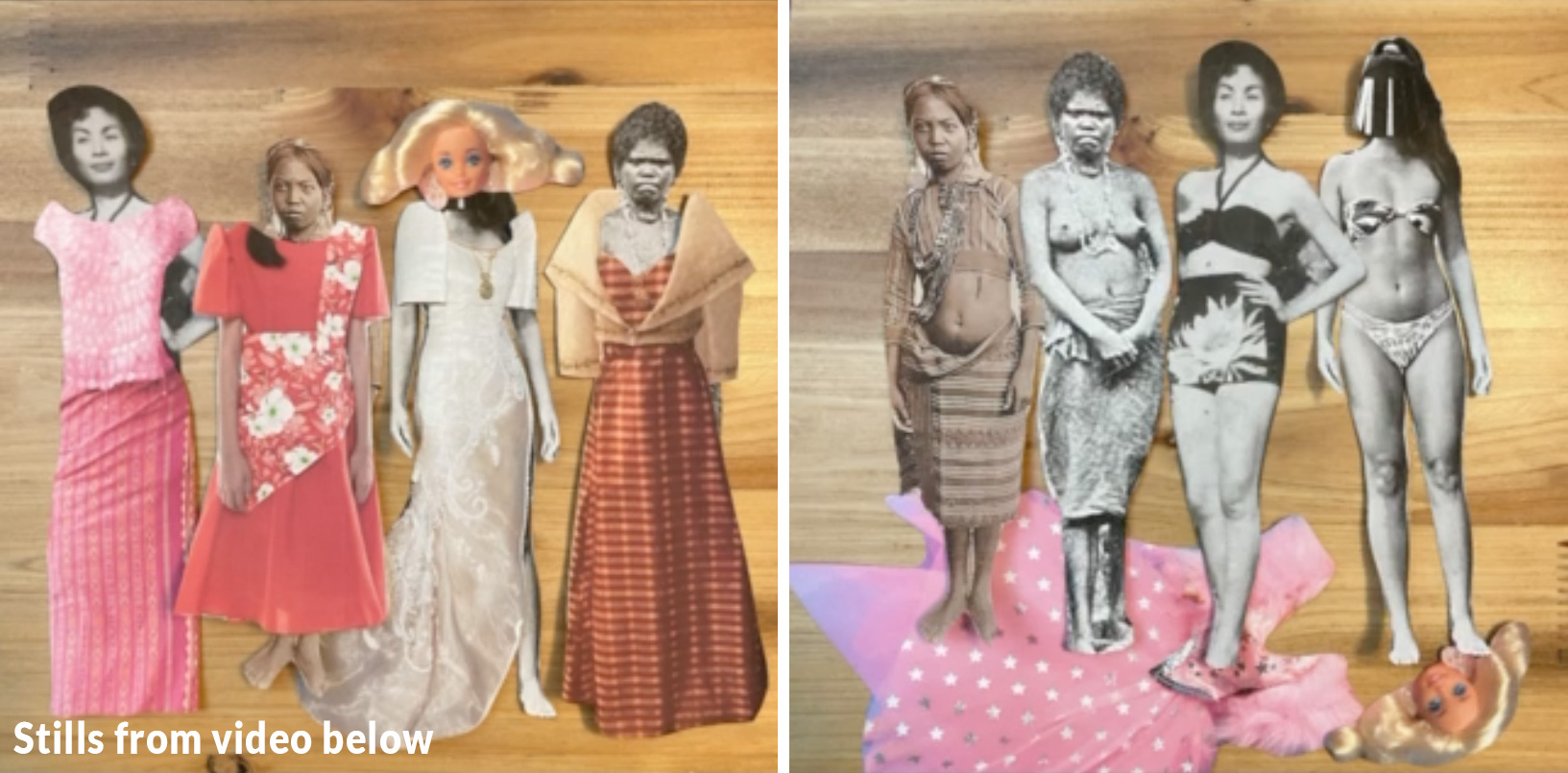I have always self-identified as Filipino. But I’ve only recently recognized that for half my life, I was worried people would find out I wasn’t white. For the other half, I was scared they wouldn’t recognize that I’m Filipino. (For your reference, according to 23andme, I’m 78.2% Filipino/Austronesian, and 21.7% Chinese, which adds up to 99.9% not white at all).
Who you really are is beyond skin, bones, and labels.
In a previous post, I wrote about imposter syndrome, which can be characterized as a combination of self-doubt mixed with the fear that one will be found out as not being “enough,” despite one’s actual skills or experience or inherent wholeness.
Cultural/racial identity imposter syndrome, alternatively, can be characterized as a combination of self-doubt mixed with the fear that one will be found out as not being “enough” of one’s own cultural or racial identity, despite the simple fact that one simply is what one happens to be (i.e., “I’m not White/American enough, despite my attempts to assimilate” or “I’m not Filipino enough, despite 23andme saying I’m pretty darned Filipino”).
How does such a phenomenon happen? For me, it began when I was in kindergarten, the first time I ever felt that I was different. That ostracism established the idea that if I were white, instead of Filipino, the other kids would notice me and want to include me in their games of tag and displays of childhood imagination.
This feeling of exclusion was reinforced throughout the years, (no) thanks to racial microaggressions (i.e., “Where are you actually from?” or “Is your vagina slanted, too?” – that last one, though, is straight up aggression, without the micro), or being forced to pick a label for myself, no option of which seemed to fit properly. Identifying terms such as “Oriental,” “Asian,” or, more recently, “AAPI” have been ascribed to a very large number of very different cultures without our consideration, input, or consent. It’s only relatively recently that I have been able to put words to lifelong feelings. Pride in my own Filipino culture sometimes feels undeserved, as though I am not worthy of that pride if I’ve spent X amount of my earthly time rejecting it. For those of us who experience cultural/racial identity imposter syndrome, we may feel not enough if we don’t speak or understand our mother tongue, if we’ve never been to our ancestral land, if we don’t eat the food of our grandparents, or hold knowledge of our native history and stay up-to-date on the current events of our familial country.
It’s no wonder I have ever felt like a stranger physically, geographically, and ancestrally, when I am the first to have been born and grown up across the world, somewhere other than where my ancestors lived and died in a place that housed people that looked just like them, on lands that birthed coconut trees and rice fields and a sense of belonging.
Before I wrote this, I created the art you see in the above video. I had the idea of making paper dolls out of two indigenous Filipino women, my grandmother, and myself. I cut out various traditional Filipino dresses, as well as one obnoxious Barbie dress that I was obsessed with as a child. I tried on not only the dresses, but also the head of the Barbie, momentarily hiding all of me. The montage is set against an old Filipino war chant, and ends with all of us as bare and as close to our most natural selves as possible, standing over Barbie’s dress and head to symbolize my conquering the need to be something else and finally embracing who I am, which is who my ancestors were and continue to be, through me.
In my practice as a therapist, I guide folks in remembering that who they really are is beyond skin, bones, and labels. It is only in returning to our steady core—our true home within ourselves—that we will be better able to navigate what labels and identities feel like comfortable clothes to wear, or like we’re wearing nothing at all—utterly and unabashedly free.
I’d like to offer some ideas I’ve collected from my own experiences of both guiding and being guided in healing cultural imposter syndrome, to shift perspectives and explore more deeply:
- Ours is a society in which we are heralded for having many things on our plate, to the point of overflow. Also idealized is being sure of a definitive and succinct self-identity. But we must remember that, in addition to doing many things, we can also be many things at once. We can feel deeply connected to various racial and cultural identities that intersect and feel right.
- Speaking of various racial and cultural identities, can you allow yourself to love all of these parts and cease disowning any one (or more) part? The point of healing (in my opinion) isn’t to divide the self further, but to integrate all of our parts, like a peacefully co-existing internal family.
- How does feeling like you’re home (defined here as a sense of safe belonging) show up in your body? Consider where in your body you feel “home” as well as any sensations, colors, images, smells, and tastes that come along for the ride. If you can’t think of any such place, what might belonging feel like? Use your imagination! Know that this feeling is within you, beyond and beneath any outer identities and labels, and can be conjured up any time you need grounding within yourself.
- Consider yourself a palette, and those identities and labels are splotches of paint – all magnificent and brilliant colors unique unto themselves. It is your choice what to do with the paint upon the palette, whether you mix the colors together, keep them separate, scrape them off, or use them to paint a picture.
- Connect to your ancestors! Use visualization, journaling, art, or music, particularly the music of your ancestors. There is no right or wrong way to seek or cultivate such a connection. Be open to hearing or otherwise intuiting their wisdom in navigating your way back to your true identity.
- Learn from all the parts that make up you. Educate yourself! Embrace all cultures you identify with. When we feel not enough, it can be because we don’t know enough. Knowledge is power! We as humans are on a lifelong journey of learning; there is no shame in continuing to learn. Read books by authors with whom you share culture(s), study the history, the language, the food, and find joy in what you discover.
- Connect with others in community, whether it’s a community or communities with which you identify culturally, or a community where you can feel supported and seen in your shared confusion! There is strength in numbers. Whatever you feel is okay, and you are definitely not alone. Clear and vulnerable conversation connects, always.
- This is all part of the journey. Remember that navigating through cultural identity confusion is simply another form of development. It’s active and intentional, unlike, say, puberty, which is passive and happens on its own. Cultural development is a worthy undertaking that may at first feel daunting, but we are all, as Ram Dass says, walking each other home.
I invite and encourage journaling and/or art making (or any other activity that feels nourishing, healing, and insightful) to process and reflect on any feelings you may have. May you feel more empowered to embrace all the parts of yourself that you wish to love more deeply, and release all that doesn’t serve you.
Sharon B. Uy, LMFT, ATR
Windows Facilitator & Workshop Author
Los Angeles, California
*I would like to acknowledge that I write from the perspective of someone who is a child of immigrants. As such, that I have space to feel cultural imposter syndrome at all is a privilege in itself, as many immigrants historically have not been afforded the time, capacity, or luxury of focusing on more than merely surviving, often under traumatic conditions, including but certainly not limited to moving across the world, away from friends and loved ones, not knowing the anyone or the language of the new land, and starting completely over in all ways. I say this with the hope that mental, emotional, and spiritual health will one day be truly treated as paramount for all citizens of the world.
Download the accompanying Facing Imposter Syndrome worksheet created by the author!
Facing Imposter Syndrome Worksheet
Want to utilize art to help people embrace the parts of themselves they want to love more deeply, releasing what does not serve us?
Attend a Training
A Window Between Worlds (AWBW) supports hundreds of direct service organizations across the country to incorporate creative expression into their work with trauma survivors. With this blog we uplift the voices of our art workshop facilitators and participants. We invite you to take in this perspective, notice what resonates and explore how it may fit into your life.





